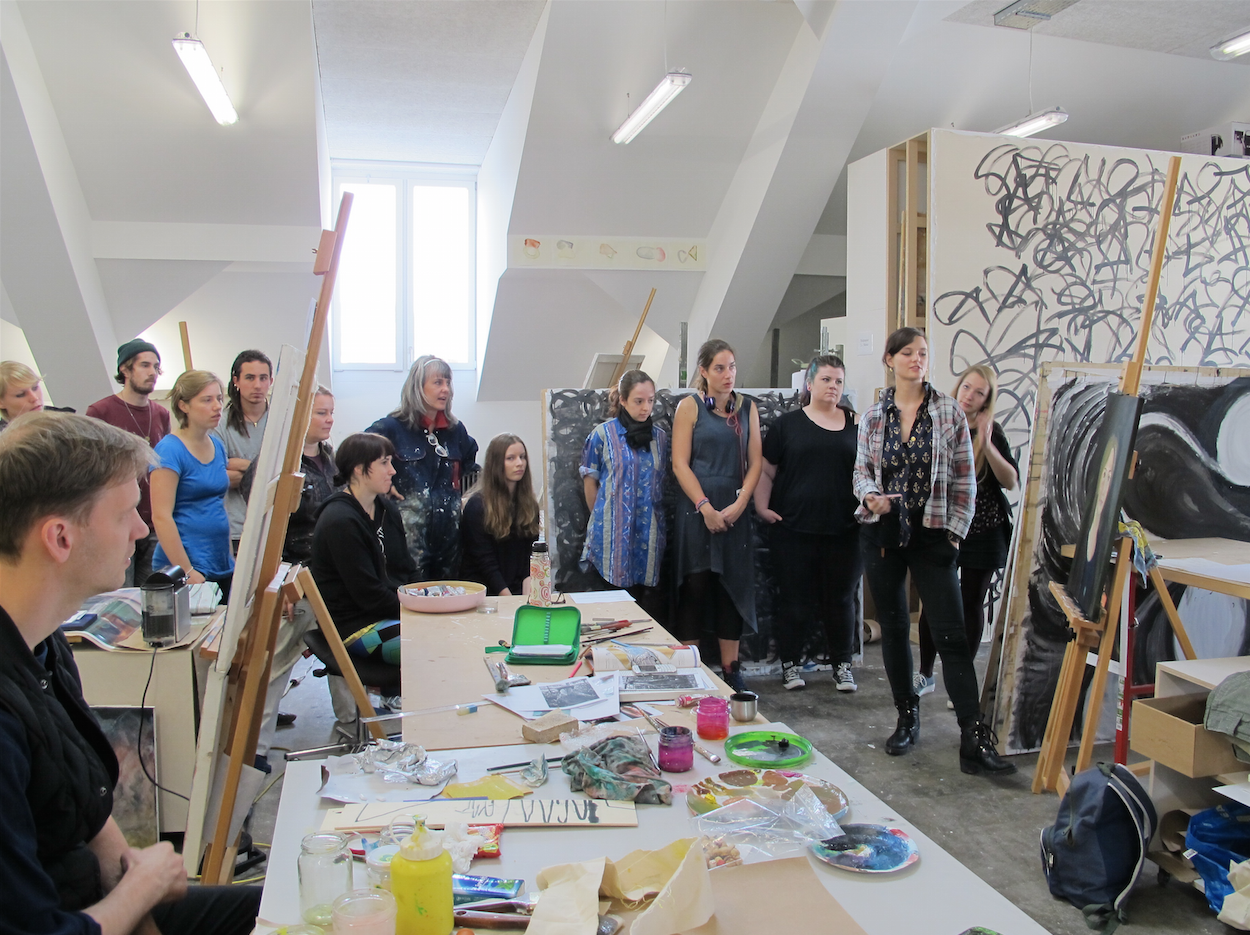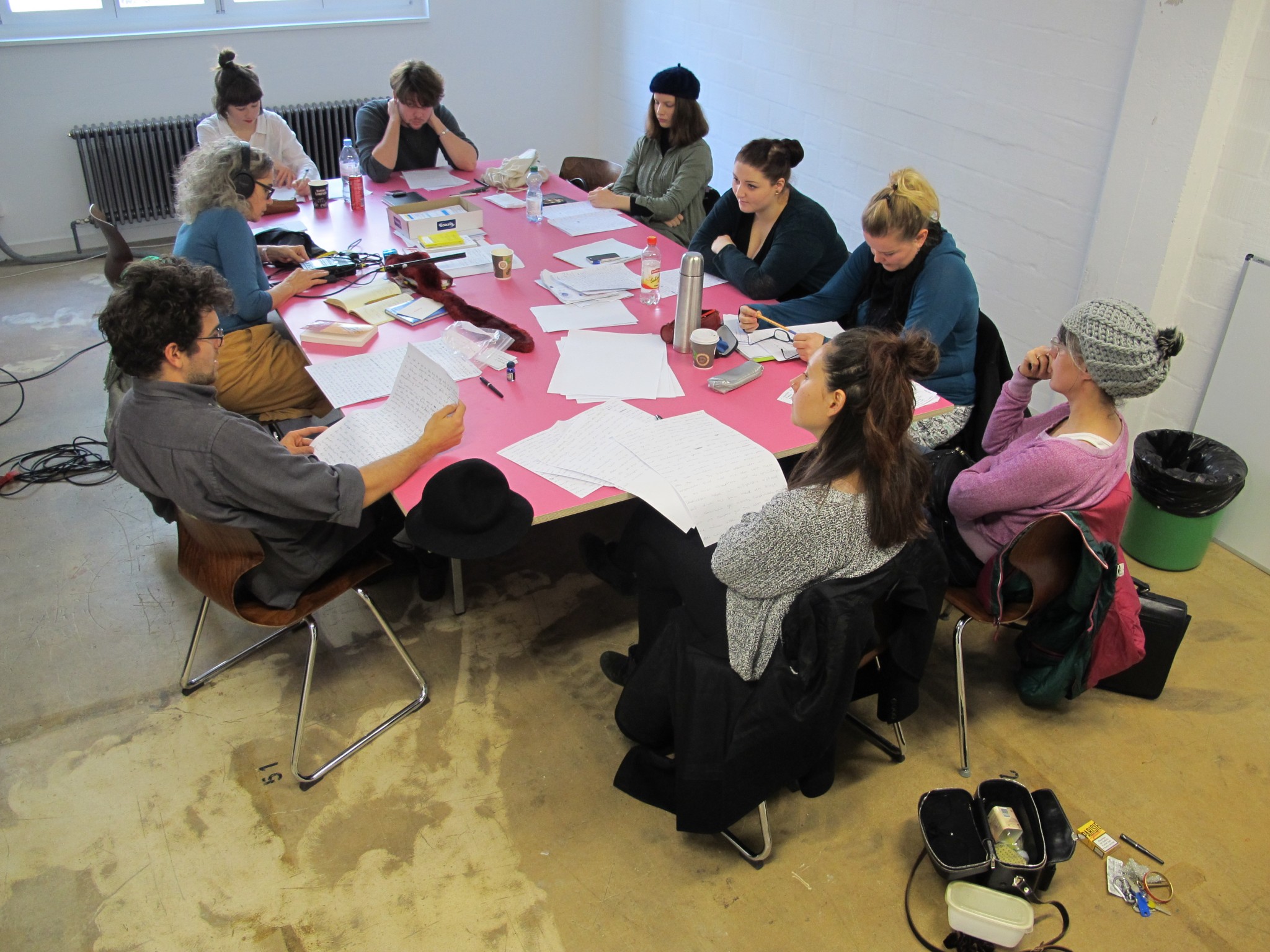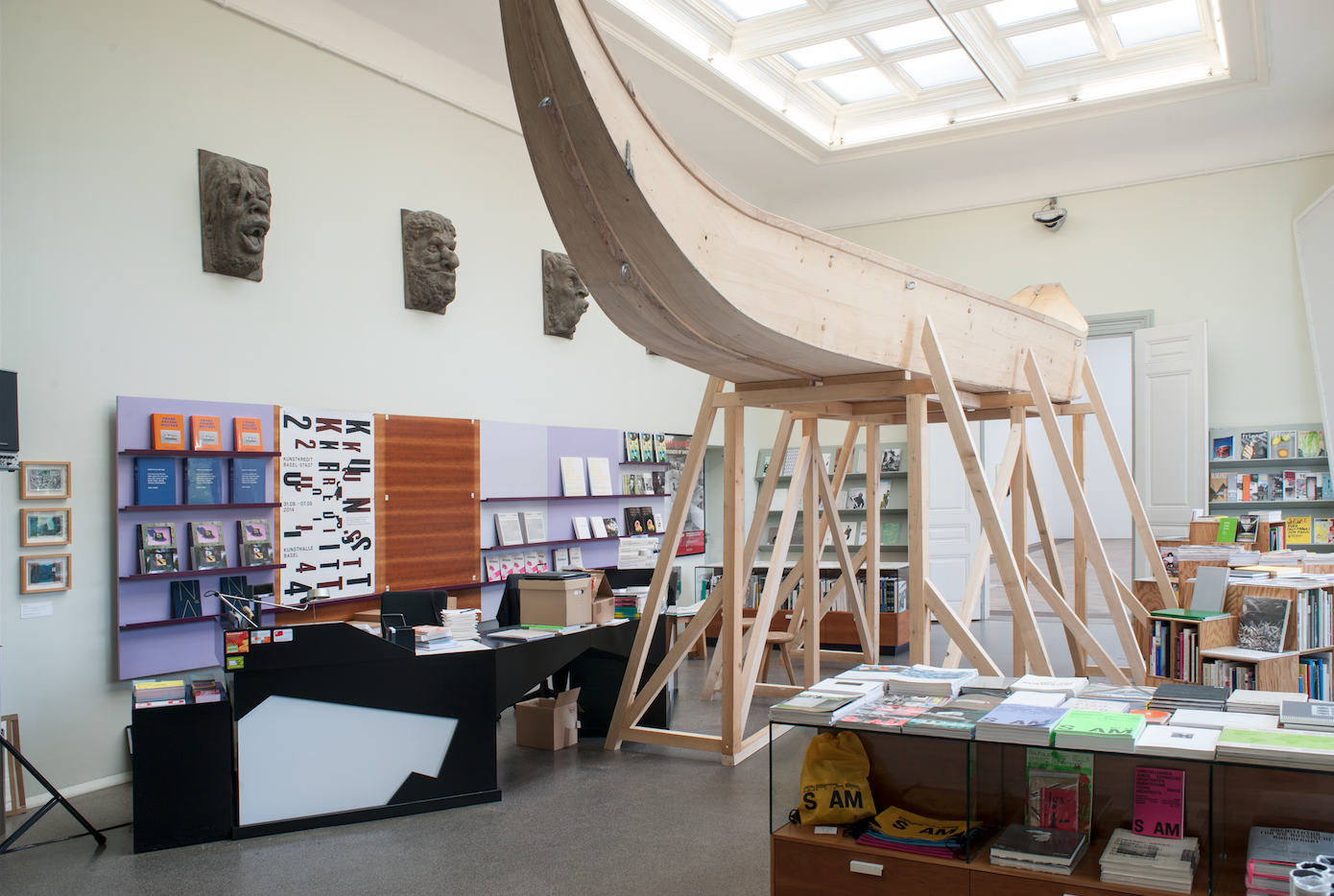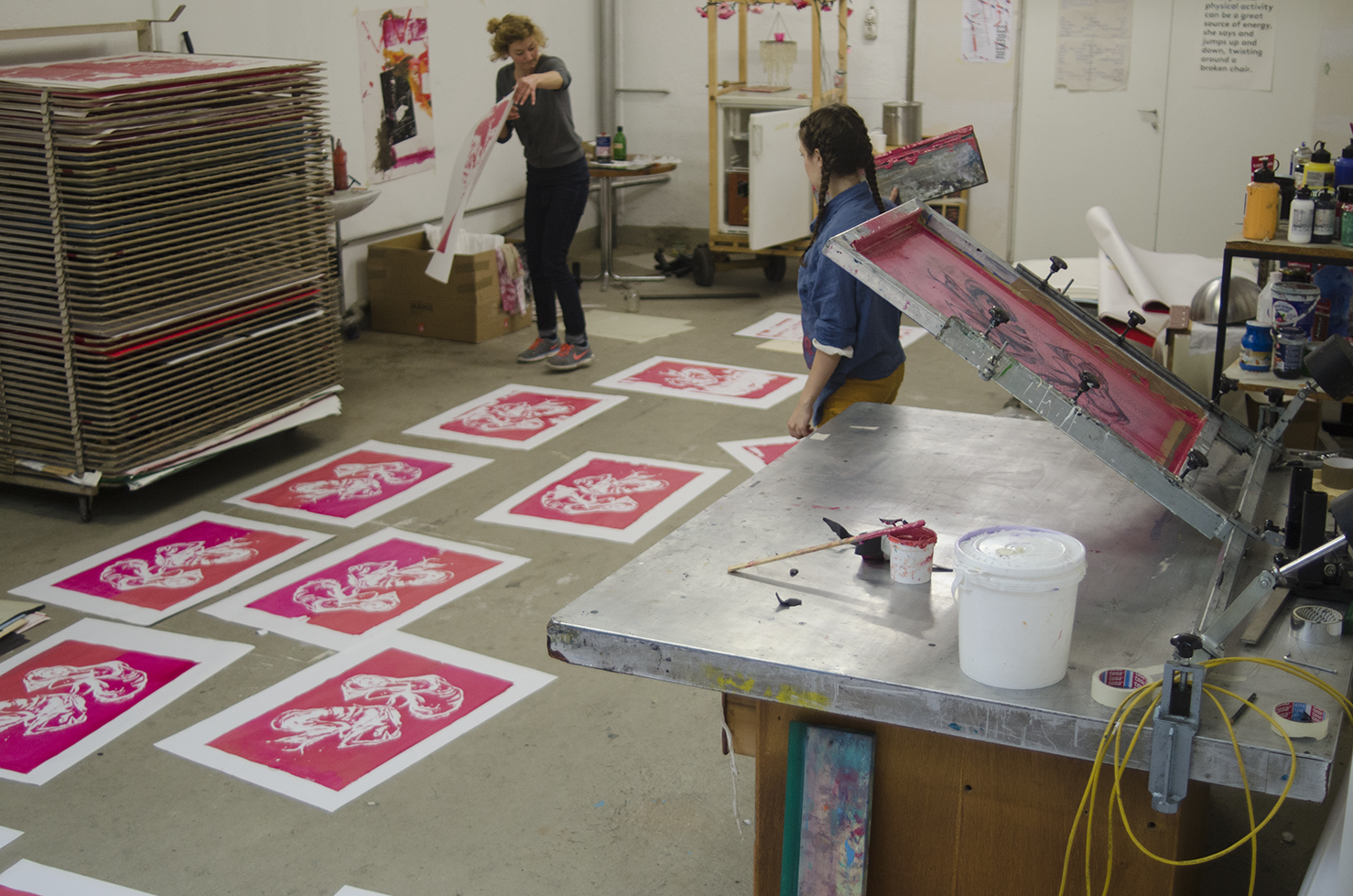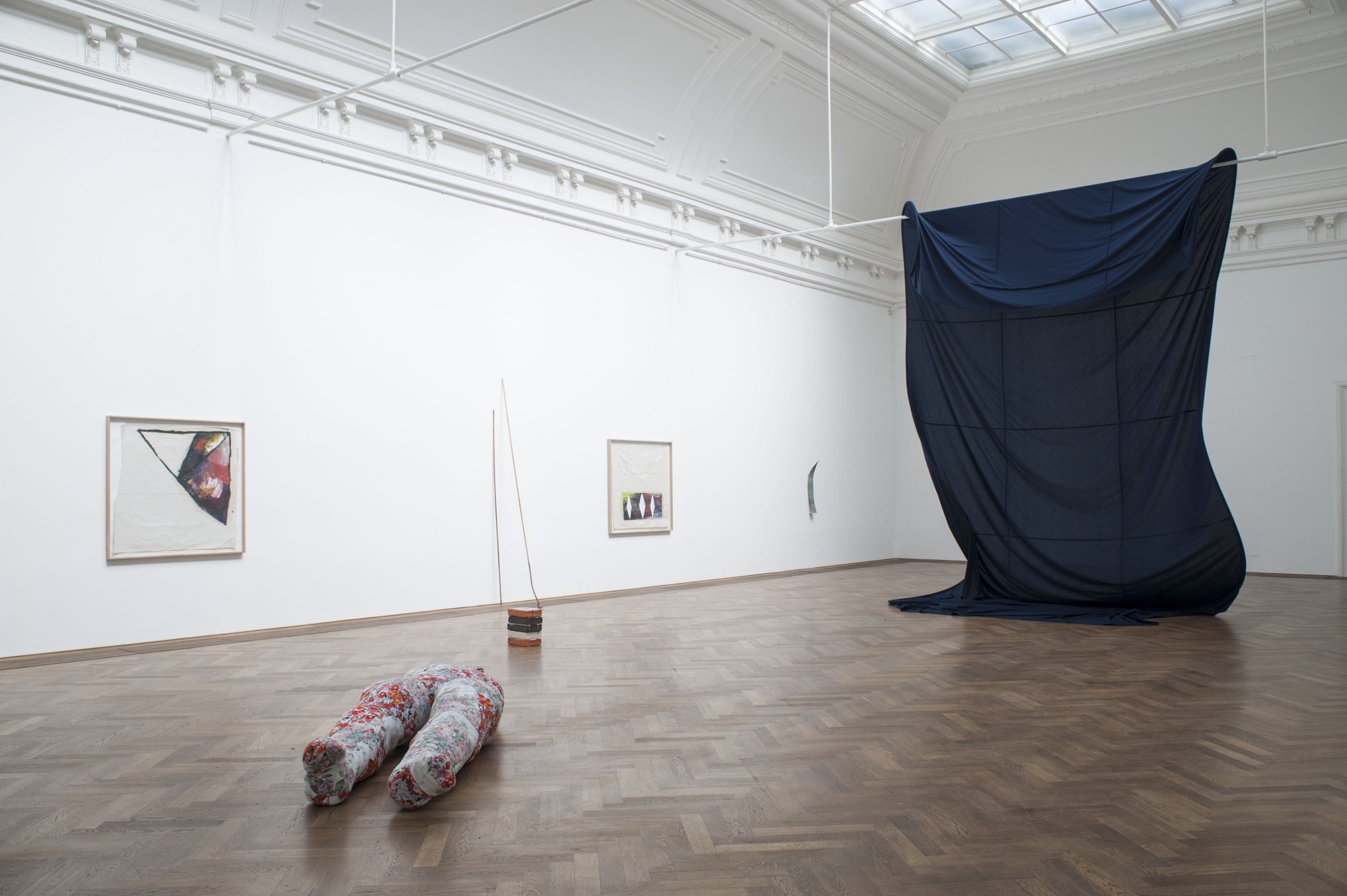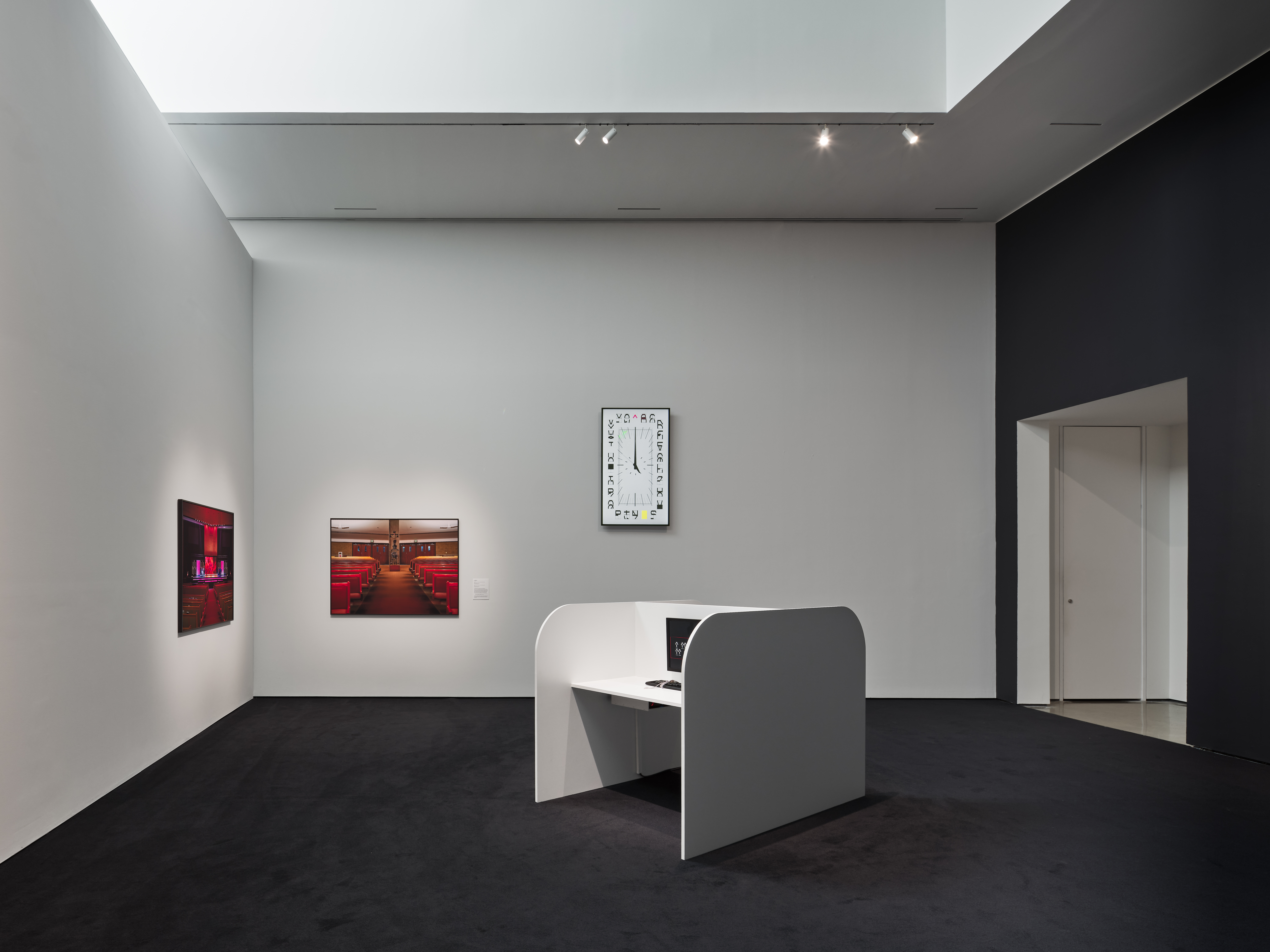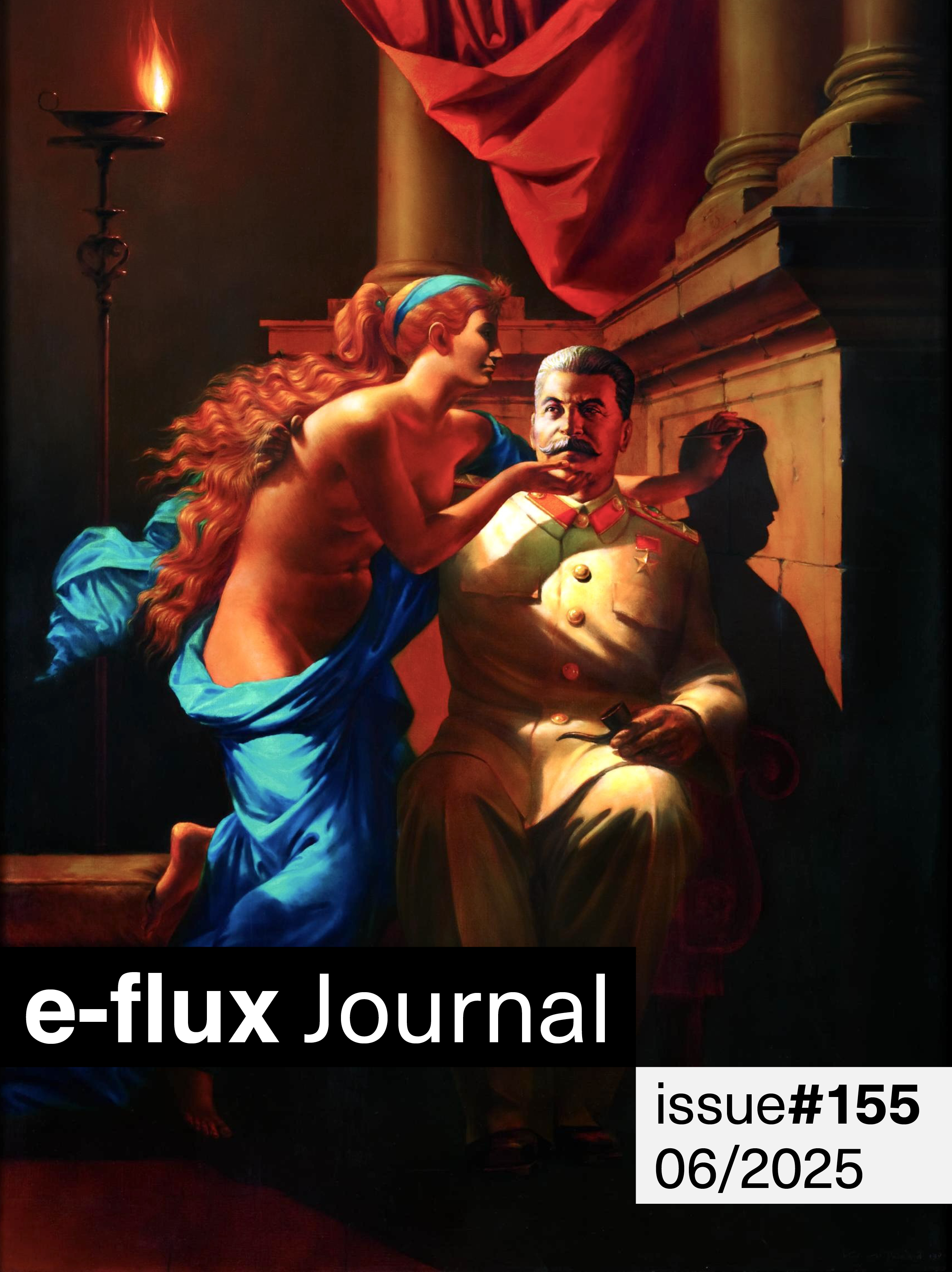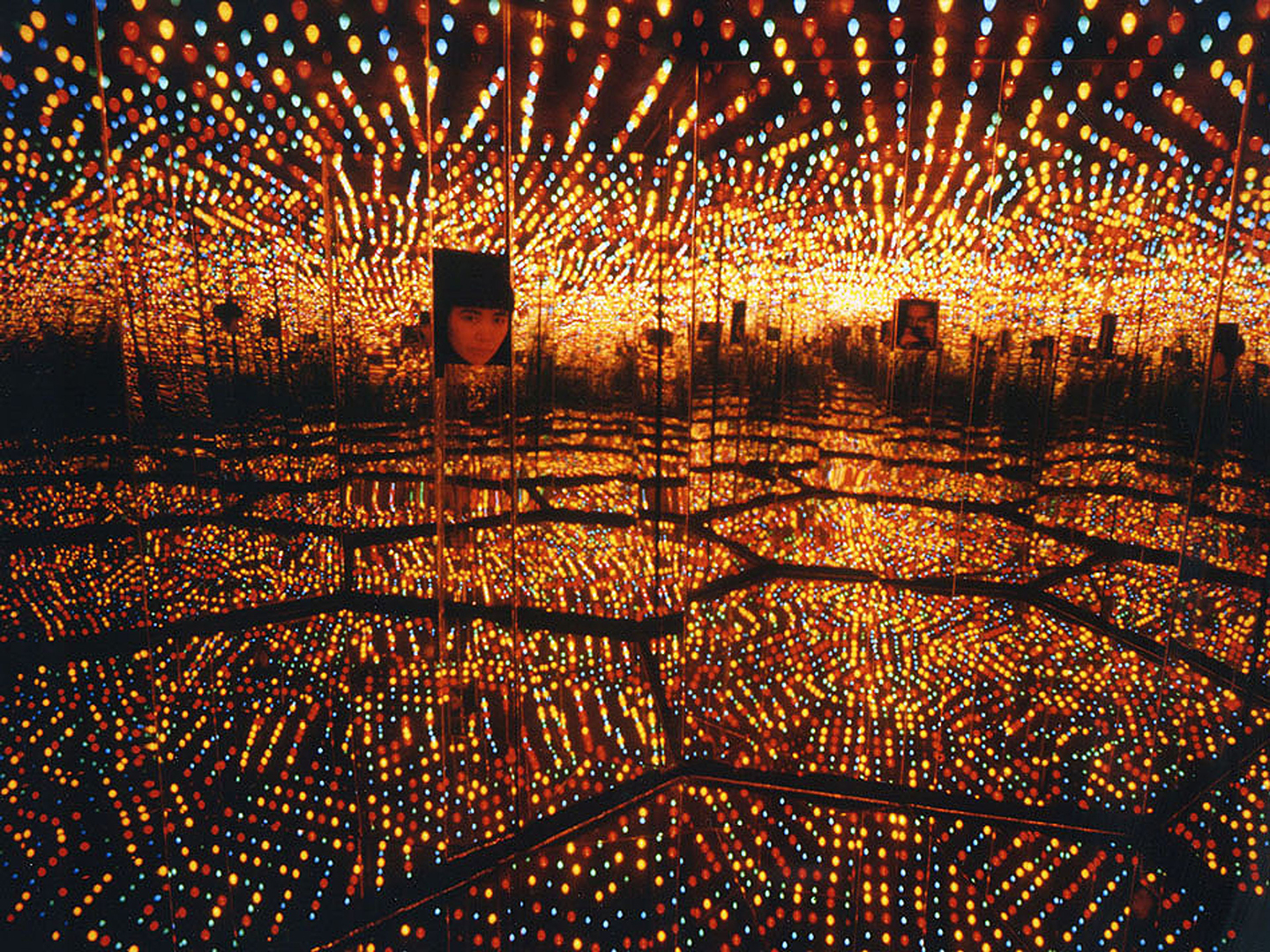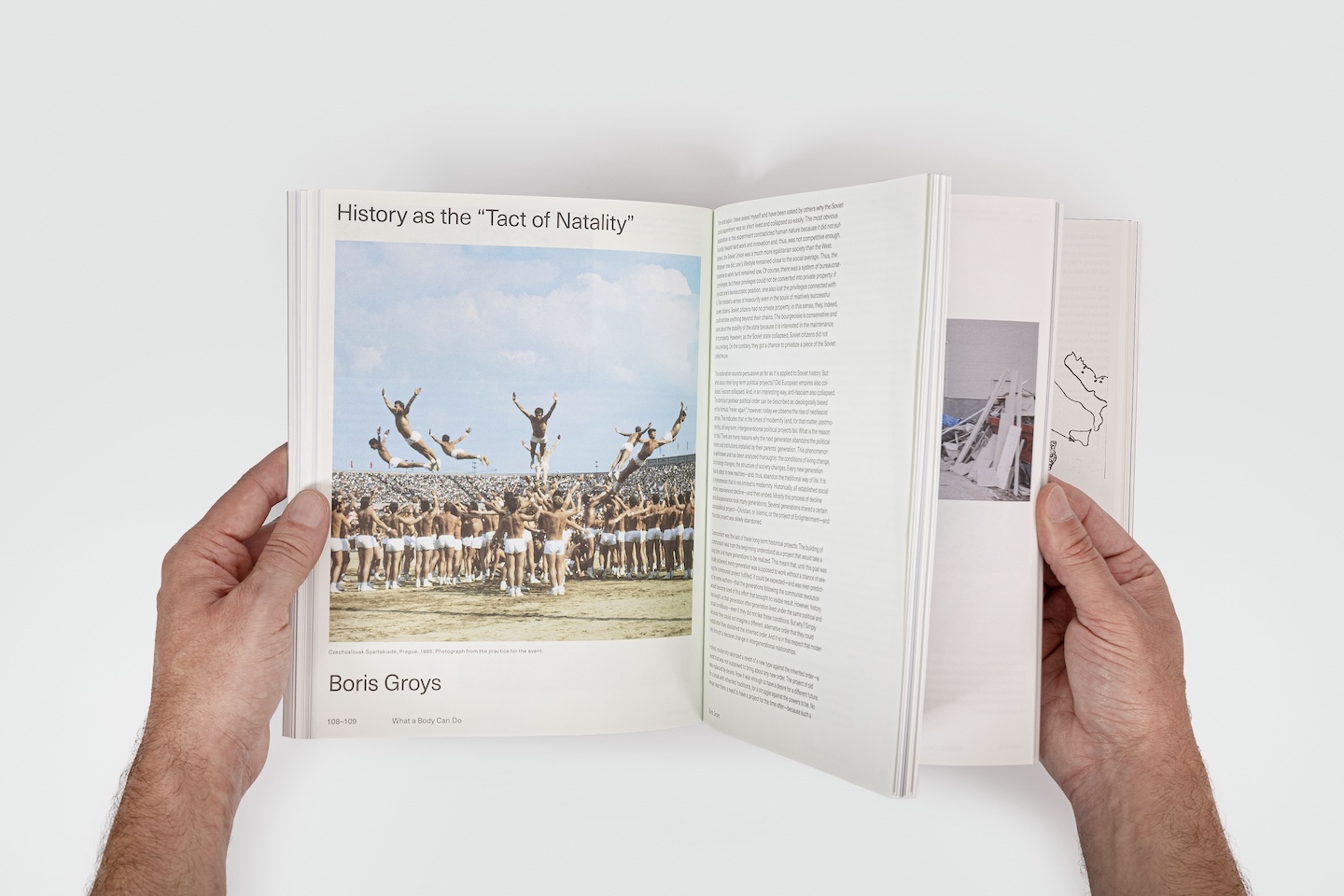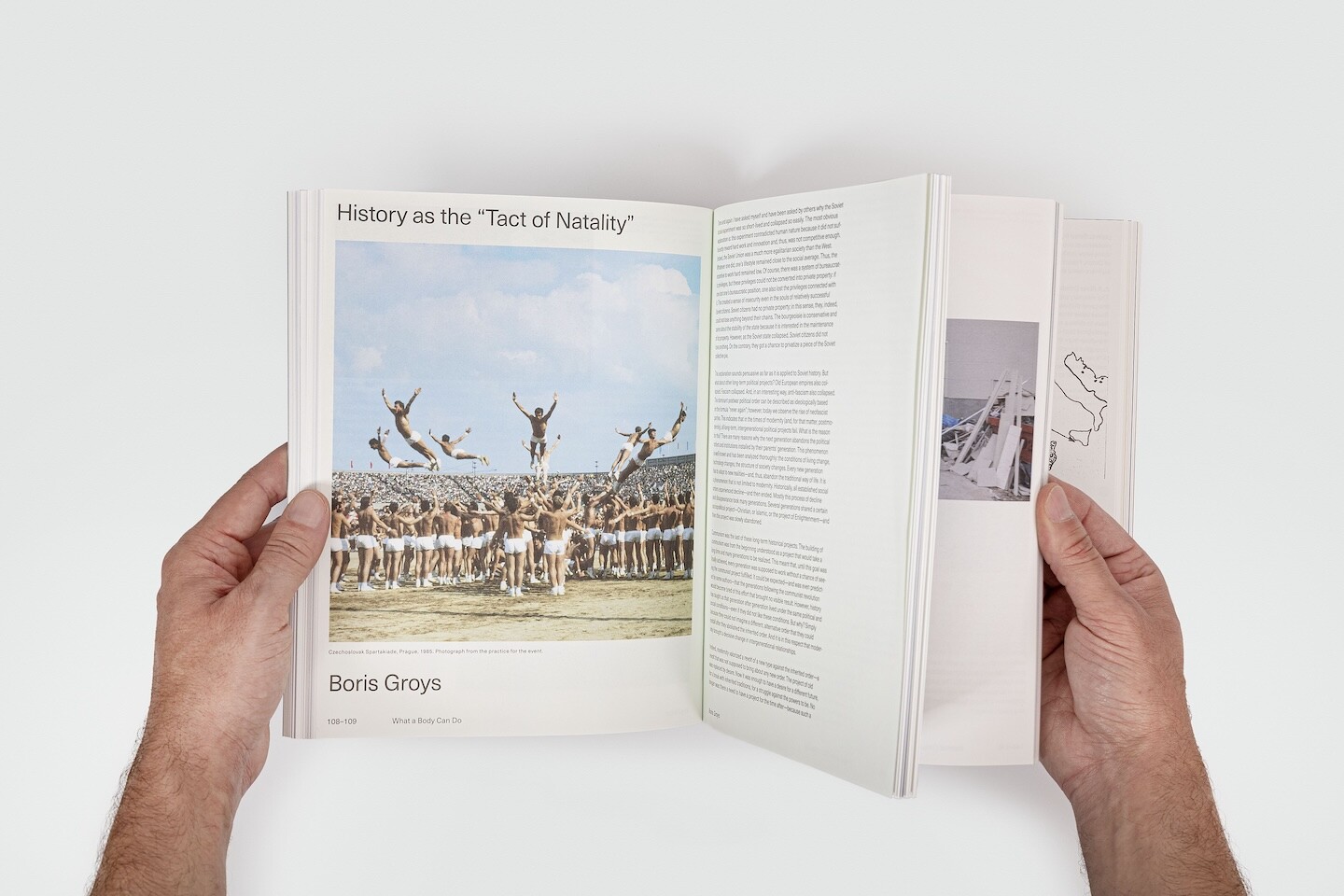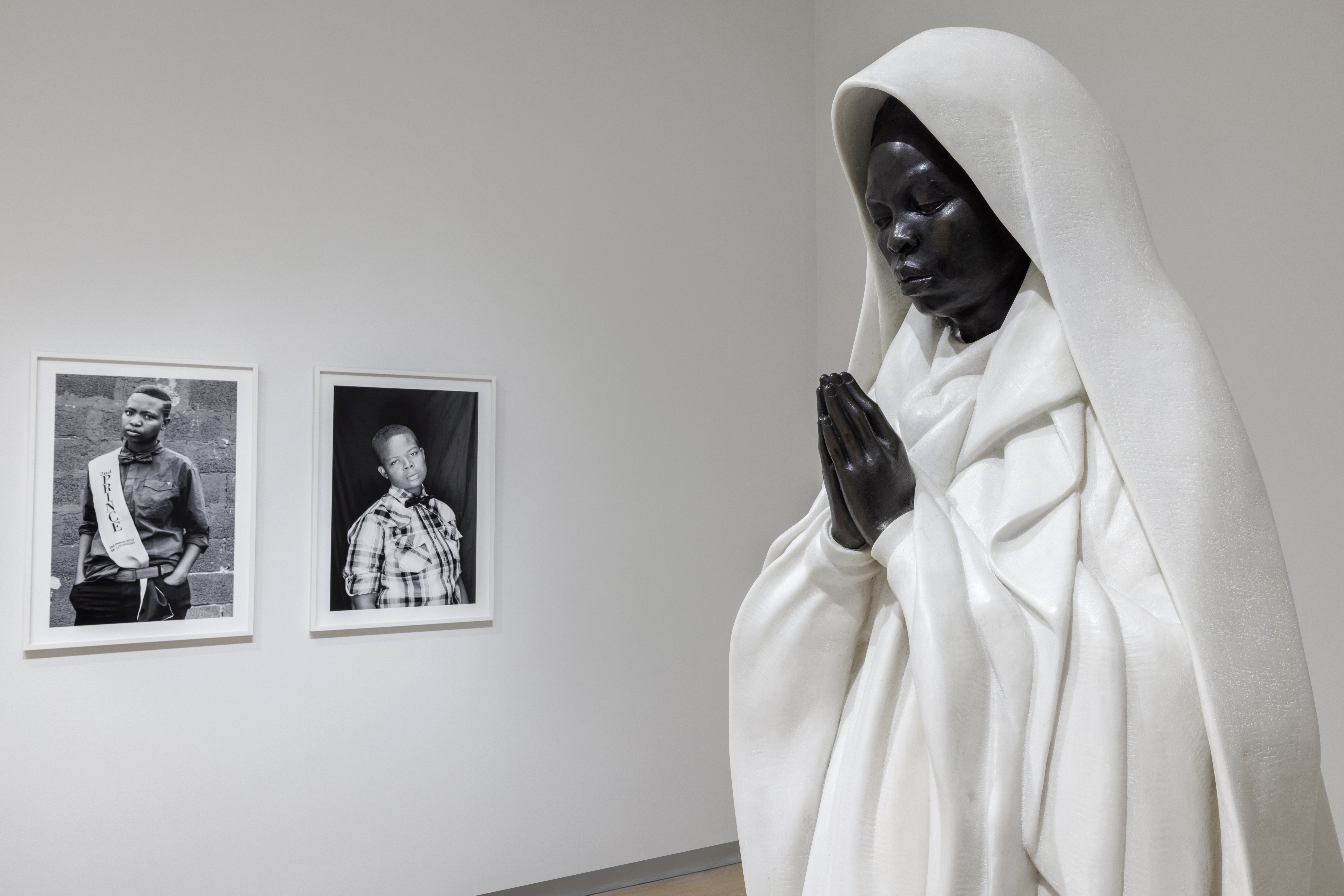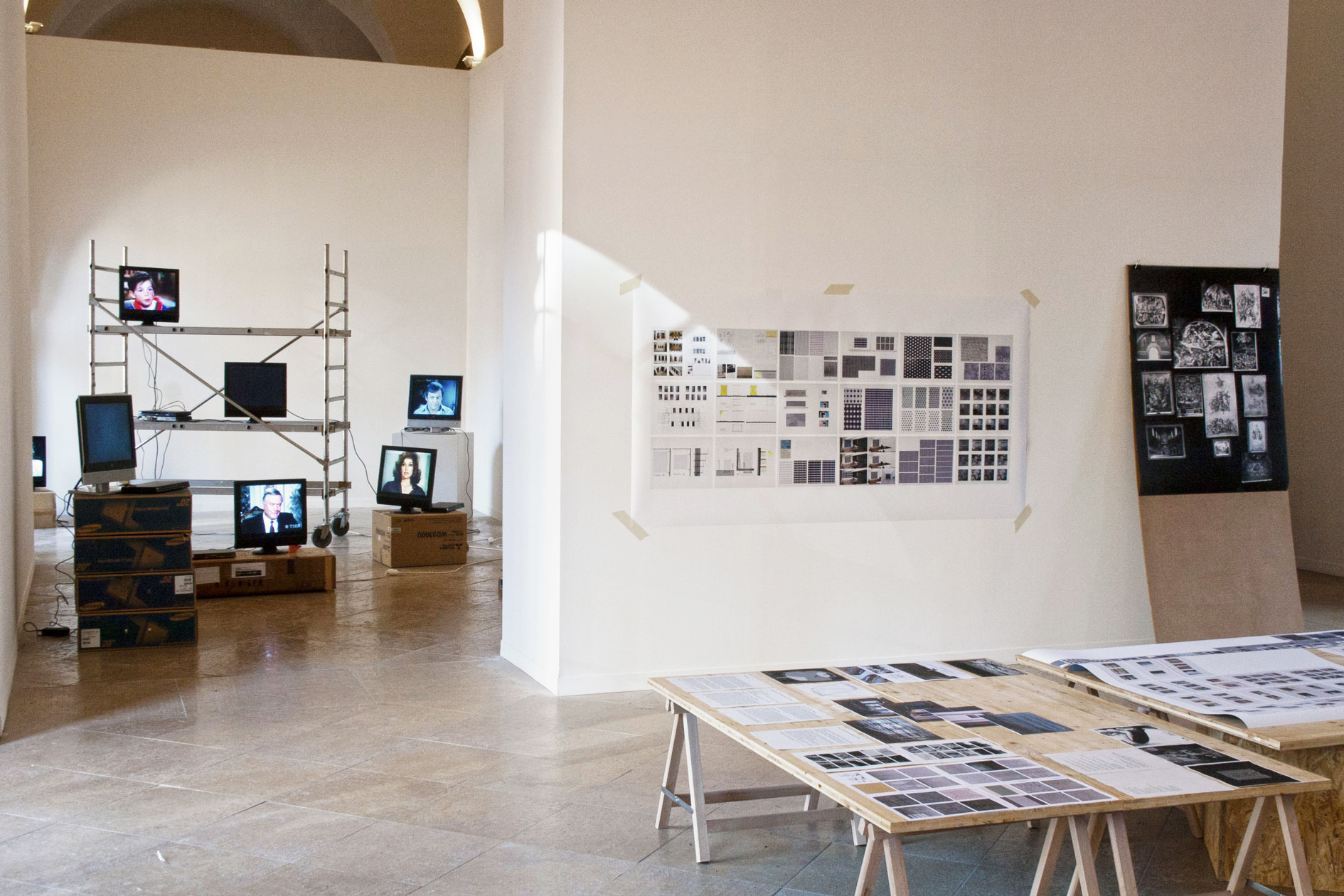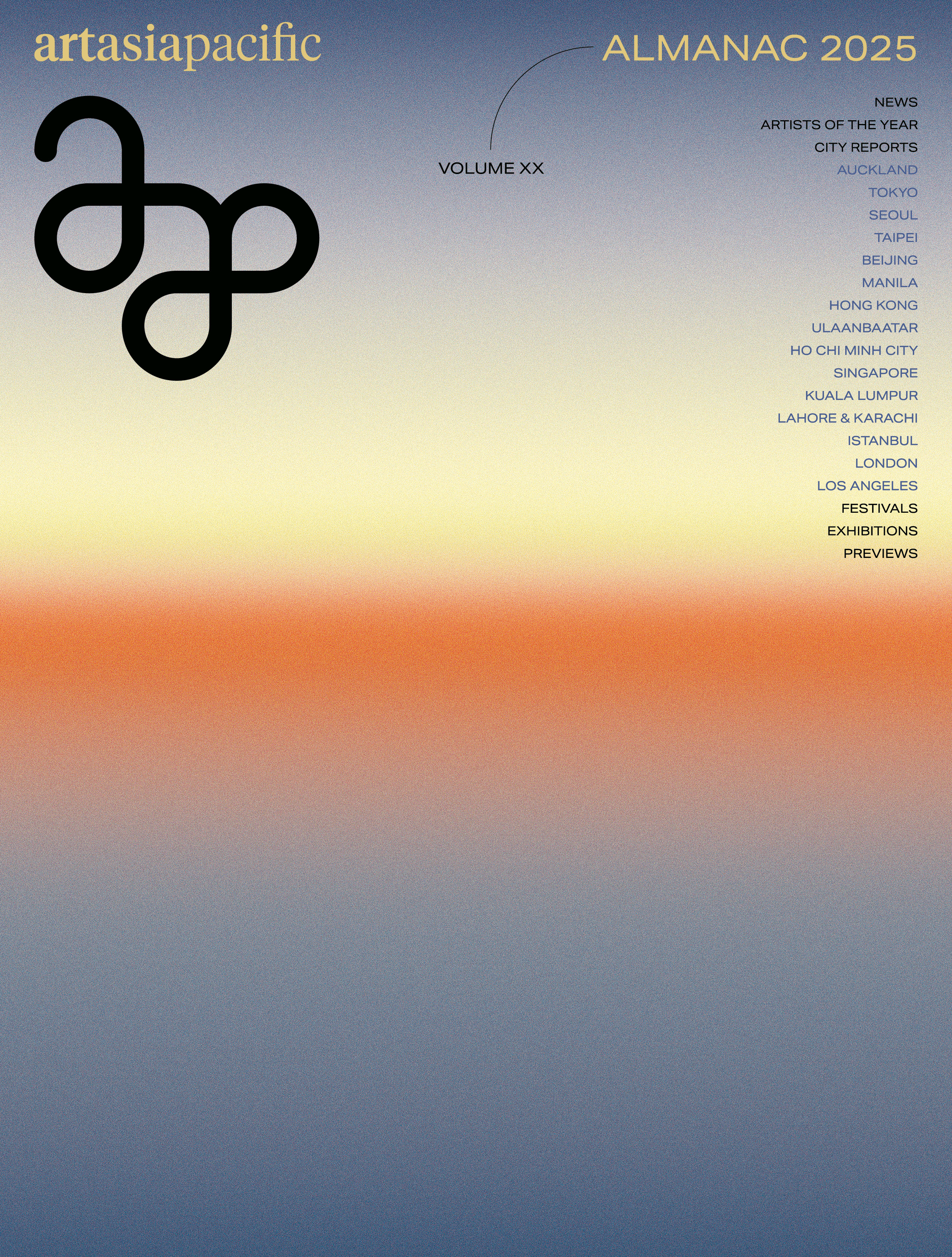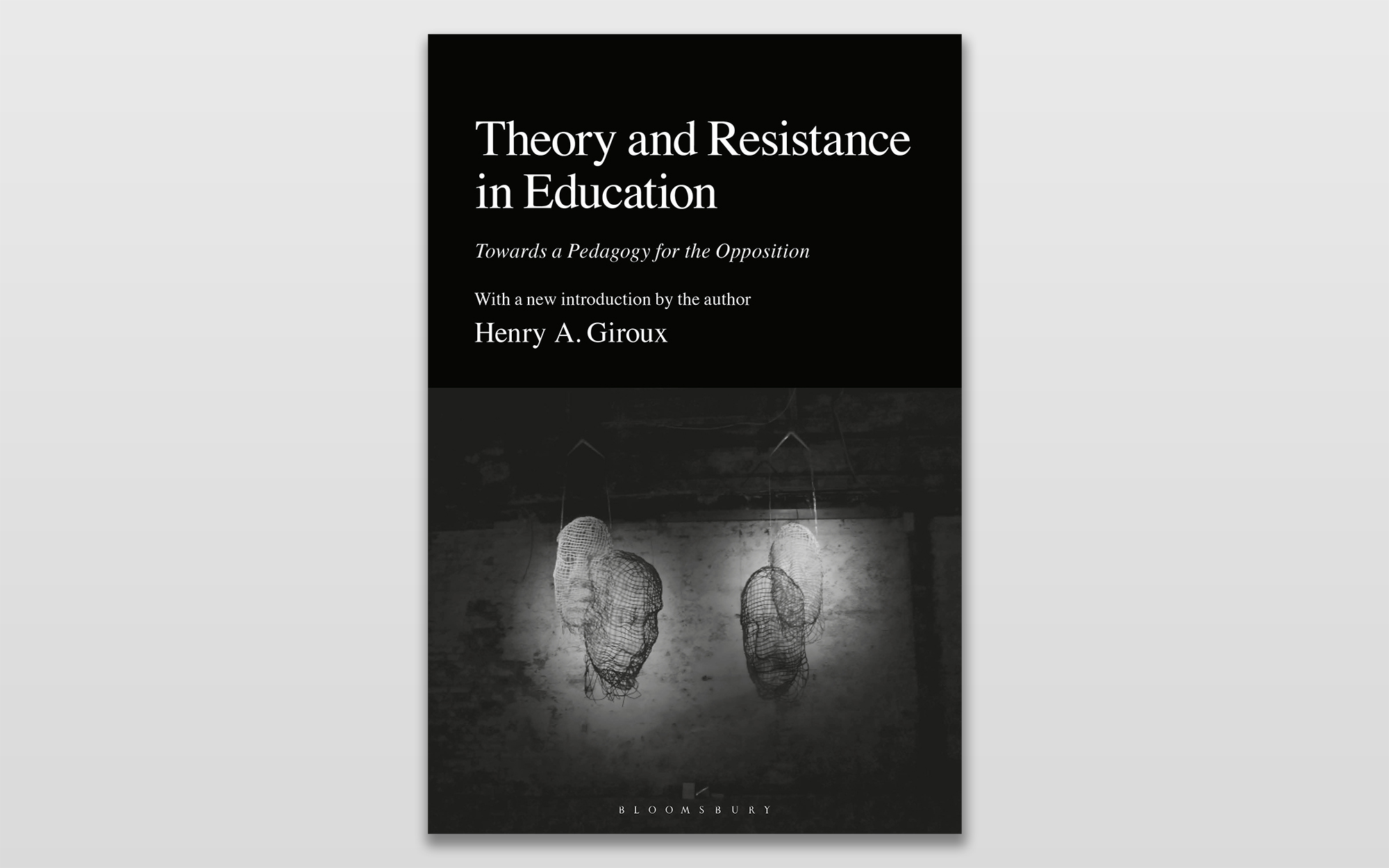Anyone not closely involved in the art school in Basel might have only noticed in late 2013 that changes were afoot there. For some years there had been noises emerging about a new campus, but in Basel, development seems to be a fact of life, just as one would take it for granted that there was an art school in the city, and had been for centuries. But the announcement that starting in April 2014, Chus Martínez, the dynamic Spanish curator, was to lead the Institut Kunst (Art Institute) of the Academy of Art and Design (HGK) at the University of Applied Sciences and Arts Northwestern Switzerland (FHNW) was a sign that transformation of a different order was taking place. Visiting the brand new campus in the Dreispitz area, southeast of Basel city, in late 2014, I discovered a site in flux. New buildings, a new director, and a change of site have created a campus brimming with energy and possibilities, where enviable opportunities await a small group of students.
Given its location, industries, heritage, and culture, Basel is like few other cities. Located in the northwest of Switzerland, it lies within spitting distance of both France and Germany. Pharmaceuticals are big business, and the city has profited from the wealth they and other private industries have brought. A good example of this is the Schaulager, the enormous exhibition, art storage, and research institute initiated in 1998 by Roche heiress Maja Oeri, president of the Emanuel Hoffmann Foundation. Oeri meant business when she commissioned architects Herzog and de Meuron to build her a museum to be operated by the Laurenz Foundation. The Schaulager opened to the public in May 2003.
Initially the Schaulager landed like a cultural alien at one end of the industrial Dreispitz district, with the exception of a few smaller galleries and art enterprises taking advantage of lower rents in the area. But a revolution had been set in motion. The name Dreispitz translates as “tricorn,” from the area’s triangular shape, and the majority of the district belongs to a powerful private foundation, the Christoph Merian Foundation, which devotes its income to charitable projects in the fields of social engagement, urban development, culture, and the environment in Basel. The Dreispitz had been agricultural land bought by Christoph Merian himself in 1840. It became a site for warehousing in the early 1900s. As needs changed in recent years, the foundation, in collaboration with the city of Basel, developed a proposal in the 2000s to change usage of the site to a mixture of industrial workspaces, education, culture, commerce, and private residences. Key to the concept was a new campus for the Academy of Art and Design, uniting a host of different departments that had been scattered throughout the city. Work started in earnest on the site in 2010. When I visited at the end of 2014, the Academy had moved in just a couple of months previously.
The new home of the Academy of Art and Design consists of two principal buildings: an outwardly simple tower from architects Morger & Dettli, which has all-white interior surfaces that have met with some criticism. Alongside this building is a warmer, lower-slung former warehouse with a pitched roof and long overhanging gables on each side, the conversion of which was designed by Müller Sigrist Architects. Fine art is concentrated in the latter, though students will have access to technical workshops and a library housed in the tower. Though these buildings, and numerous other commercial developments occupying the triangle, have brought significant gentrification to the Dreispitz, it largely remains an industrial zone with a steady stream of students cycling in alongside lorries making deliveries to any number of companies. One company, the not-for-profit Offcut, bridges the gap between these industrial and academic worlds by offering a variety of wood, packaging, textiles, plastics, glass, metal, tools, and more to artists or would-be makers, materials garnered from the overproduction, excess, or leftovers of other local firms. Meanwhile, the Academy has been enlivened by its other new cultural neighbors. Just before my visit, the Haus der elektronische Künste (House of Electronic Arts) had opened its new premises in another warehouse conversion, with Ryoji Ikeda’s first solo exhibition in Switzerland as the opening show. Their gallery was just below the Basel site of the international artists’ exchange program Atelier Mondial. In addition, the complex houses Oslo10, another Christoph Merian Foundation project that offers emerging curatorial teams two years to develop a program, as well as the radio station Radio X and the contemporary photography gallery Oslo 8. That’s not to mention the studio and exhibition spaces Ateliers Florenz and Kunstraum Florenz, which will officially open there in January 2015. And for a few weeks until mid-December the Kunsthaus Baselland, which is located nearby (albeit inconveniently for public transport), was also testing the water with a temporary offshoot within the complex.
The HGK’s move to the Dreispitz brought over seven hundred students and some two hundred teaching staff to the site, of whom a tidy one hundred, give or take, are fine art students, sixty at BA level and twenty in each year of the two-year MA program. My first encounter with the graduate students was on the third day of a three-day “little symposium” entitled “Occupy.” The previous days included presentations and workshops reflecting on economic and social transformations within the art world, led by curator Julia Moritz from the Kunsthalle Zurich, Stockholm-based artist Steven Cuzner, and Swiss artist Bea Schlingelhoff. The final day issued from a younger generation, led by the collective Dr. Kuckucks Labrador, who had come together in 2012 while studying art at undergraduate level at the HGK. Their collaborative practice consists of exhibition-making, leading discussions, and event programming. Their symposium presentations were designed to stimulate thinking about what art could constitute and what the effect of art could be, and to that end they had invited another collective, Rheinhattan versenken, to take part—a group not from the art field but united in their active opposition to an urban development project that would create an island of high-rise buildings in the middle of the river Rhein.
Each semester is organized around a series of academic events such as these symposia that take place twice a semester for masters students. Once a semester there is also a theory week, where tutors (the forthcoming weeks will be led by Armen Avanesian, Paul Feigelfeld, and Mechild Widrich) work with students over six days, the same tutors returning at least once to have an ongoing engagement with students. The “plenum” is another building block of the program. The plenum is a platform for students to present and discuss their works on a regular basis with at least two of the permanent teaching staff, such as the art historian and curator Dr. Roman Kurzmeyer or the art writer Birgit Kempker. Additionally, every six weeks an “expanded forum” takes place for all BA and MA students; a recent topic was Yvonne Rainer’s films, and the next will look at humor in performance. This “Forum Expanded,” as the series is called, is proof of Chus Martínez’s interest in breaking down the barriers between undergraduate and postgraduate artists, and you can see her rationale, given the small number of students and the potential gains to be made by pooling resources. When Martínez’s appointment was announced, taking over after René Pulfer’s long period as director of the Art Institute, speculation was rife that this would bring a repositioning of the school, in particular by shifting the focus from the local to the international. (After all, Adam Szymczyk’s time at the helm of the Kunsthalle Basel was seen as a great success, and the appointment of Elena Filipovic as his successor from November 2014 onwards was a testament to the value of mobile, cosmopolitan actors to the Basel art scene.) What would this mean for an art academy dating back to a drawing school founded in 1796? In fact, her experience with dOCUMENTA (13), MACBA, or the Museo Del Barrio notwithstanding, Martínez has so far spent a lot of her time at the school investigating the specific context and tradition of the Institute in order to nurture its valuable idiosyncrasies.
In comparison with the masterclass structure that defines German art schools, where a student is a pupil of a given artist-professor for a number of years, and often continues to be identified thus long afterwards, Swiss art schools traditionally have had a different kind of framework. In Basel the Fachklassen (specialist classes) consisted of a painting class that complemented the city’s drawing school from the late nineteenth century onwards, while a sculpture course was established in 1917. One of René Pulfer’s most important legacies was the establishment of the audiovisual art department in 1985, of which Pipilotti Rist is the best-known alumna; from 1986 till 2000, the art school was divided into three broad classes: painting, sculpture, and video. In 2000 the art school officially became a Hochschule (academy), joining the FHNW in 2006. By the time the Master of Fine Art in Basel was instituted in 2008, the Bologna Process (the move to make university degrees comparable throughout the EU) was well under way, but not without meeting significant resistance at the HGK—as was the case at many similar schools that did not want to lose the identities or freedoms the erstwhile teaching structures offered to an autocratic system of credit gathering. At the Institut Kunst this means holding tight to a system in which the emerging artists are taught by several practicing artists as well as theoreticians. Artists that have benefitted from this approach in recent years include Christoph Büchel, the Swiss artist represented by Hauser & Wirth who is to represent Iceland at the 2015 Venice Biennale; Kilian Rüthemann, whose first solo Swiss institutional show was at the Kunsthaus Baselland before he took on venues like Zurich’s Museum Haus Konstruktiv, Stereo in Poznań, and Clearing in New York; Kaspar Müller, who won the first Kadist – Kunsthalle Zürich Production Award in 2012; Dagmar Heppner; Hagar Schmidhalter; and Emil Michael Klein, who now teaches at the Institute himself. Those artists studied at undergraduate level, though given that the first students to gain MAs from the Art Institute graduated in 2010 and course attendees tend to be relatively young for third-level students, it is understandable that they have not yet had the time to make the same international impression. That is not to say that they are not already influencing the regional artscape; young artists like Marcel Freymond and Olivier Rossel (who, with Johannes Willi, form the collective Juice & Rispetta) or Rosanna Monteleone are names to look out for, both in terms of their artistic practices and their eagerness to redefine structures for making and showing art.
Today the emphasis at the school is on frequent but intermittent teaching blocks rather than routine classes that might distract the teachers from their own work. MA students interact with staff who either operate within one of the workshops such as painting, photography, video, or sculpture; specialize in an area like performance, writing, theory, or multimedia; or support them in a mentoring role. The MA program is four semesters, the last of which is an independent project including a reflexive work; the latter has no prescribed form and may be, but does not have to be, textual. The Kunsthalle Basel is the venue for the MA classes’ graduating exhibition. The current ongoing focuses of theoretical investigation for all students include the history of exhibitions, how art alters the way the mind perceives things, as well as the role of the artist in a city, topics that will be investigated variously in the curriculum over several years. Students are encouraged to perceive the full complexity of the path they have chosen, rather than buying into the notions of professionalism and creativity so easily digested by the art market. Along the way to developing a personal practice, students get the chance to participate in a huge range of activities. There have been, for example, recent talks or workshops with Paul Chan and the collectors Christel and Urs Raussmüller; Hannah Weinberger also developed a site-specific sound installation for the opening of the campus; and Trevor Paglen led a two-week seminar. Visiting speakers in 2014 have included artists Alexandra Navratil and Lena Maria Thüring, both of whom teach BA courses at the Institut, as well as Alexandra Stäheli, Roger M. Buergel, Knut Eckstein, Valérie Favre, and publisher Benjamin Sommerhalder, all of whom presented in a weekly series of talks that are open to the public called “Guest Corner.” One evening when I was there, South African architect and multimedia artist Doung Jahangeer was challenging the understanding of architecture, showing how he uses performative gestures as a means of defining space. Next year’s teaching roster includes the DIS collective, Kenneth Goldsmith, and Georgia Sagri, while Trevor Paglen makes a return visit. And students travel too—in addition to the EU’s Erasmus Program that supports student exchanges, there is an exchange program with Cooper Union in New York, one with the Instituto Di Tella and Universidad Torcuato Di Tella in Buenos Aires which extends to a common project with Malba (Museum of Contemporary Art), as well as nascent collaborations with SeoulArts in South Korea and Altos de Chavon in the Dominican Republic.
Yet for all the cosmopolitan currents that run through the Basel campus, this is a small school where the development of thoughtful, engaged artists is the highest priority. A recent text by Martínez published as part of a call for applications to the Institute makes this clear. In the text, she explains the school’s commitment to fostering an environment where “becoming a practicing artist occur[s] in parallel with becoming a curious, aware and social human being.” This is an understanding of the artist’s role as one of responsibility, as her text continues: “the study of art moves you towards a better understanding of how to ask questions, all the time understanding that these questions—and their answers—have a public life in which question and answer further question questions which have already been asked and, perhaps, answered, by others.” Students are encouraged to avail themselves of the formal learning opportunities available to them; in total there are around forty to choose from, which include seminars at the Institute, but also seminars at the partner school the University of the Arts, Bern (HKB), the University of Basel’s art history department, and other fine art masters courses in Switzerland. What is more, there seems to be a great sensitivity to the potential to effect change using marginal and informal spaces and activities. An instance of this is a student-led project to create a social space on a weekly basis after the Guest Corner lectures, where food and drink are shared, but a platform is also created for programmed or “open” performances. It’s not just an instance of student socializing, but a strategically planned occasion to bring together students within the HGK and welcome any curious guests from outside.
One of the initiatives currently being developed in collaboration with students—the initial impetus came from a student—is called “The Hungry Campus,” a plan to set up a kitchen that would feed anyone who wished to visit, using discarded but still edible food from wherever possible. What seems at first a modest proposal could have a large ripple effect, for the broadest aims of The Hungry Campus include creating a gesture of openness to the whole city, as well as incorporating reflection on the culture, politics, and economics of nutrition into the Art Institute’s teaching. Not only a canteen, The Hungry Campus would also be a forum where speakers and practitioners could create a dialogue around food and nutrition as a means of combining tradition and innovation, and students would receive credits for their participation. Another new project in the pipeline is “The Next Society”—a plan to bring scientific research into the art school. A series of four-day and one-day seminars or evening talks from astronomers, geneticists, neurologists, biotechnologists, mathematicians, immunologists, and information technologists would allow students to gain an understanding of specific subjects and contemporary concerns in the scientific field, while also presenting other models of research, investigation, and knowledge that are unfamiliar in a cultural context.
The seventh-floor HGK library offers a panoramic view of Basel, with the Dreispitz laid out at your feet. From this perspective, three major Herzog and de Meuron buildings—the St. Jakob Tower across the Birs River from the Kunsthalle Baselland to the north, the Schaulager to the south, and a new apartment block within the Dreispitz, the lower stories of which, when complete, will house the architects’ archive—form a family of giant Monopoly houses that dominate the landscape. Homes in this latter edifice are going to be at the luxury end of the market, not at a student budget, and thus the contrasts within the Dreispitz, and even within Basel in general, are clearly evident. This is a city of great wealth, with astonishing cultural resources thanks largely to private patronage, but for students and those on an average artist’s income, it is a city with a high cost of living where new development continually eats up affordable housing. (On the other hand, the majority of students tend to be local or from other Swiss regions and all benefit from fees that seem astonishingly low when compared to other countries.) Nonetheless, the Art Institute is on an artificial island that would not be possible without the Christoph Merian Foundation. But isn’t this how all universities, let alone art schools, should be? Sites of temporary freedom from commercial pressures where students are encouraged to think about alternatives, and to consider how they wish to act when they leave their studies for the “real world”? The Dreispitz is still a work in progress; as plans come to fruition, it is going to become more gentrified and culturally more dense, with the Art Institute’s exhibition and studio pavilion by Brügger & Schwarz Architects nearly completed, the Kunsthaus Baselland exploring how it might find a permanent home there, and the aforementioned Herzog and de Meuron archive.
The move of the fine arts courses from their erstwhile location in a grand school building from 1902 on the banks of the Rhine river was not welcomed by many students, who had enjoyed the even more artificial situation there, isolated from urban pressures. When I asked Chus Martínez what her ambitions for the Art Institute were, her simple reply was “to be more ambitious.” The students in the Master of Arts in Fine Arts are in a fantastically privileged position, surrounded by institutions of international renown, exposed to leading artists and thinkers, with space, resources, and encouragement to explore and develop their own potential, not to mention starting their careers with a degree show at the Kunsthalle Basel. They equally enjoy the luxury of studying at a school that is small enough and young enough (in spirit if not in age) to be responsive to its students’ needs. I think that when Martínez says “ambition,” she means that these students should be inspired to pursue all the opportunities available to them in their paradoxical position. They should operate formally and informally, across disciplines, in the mainstream and on the margins. Above all, they should dare to effect change, as artists and as part of society. So far the signs are very promising.
—Aoife Rosenmeyer
